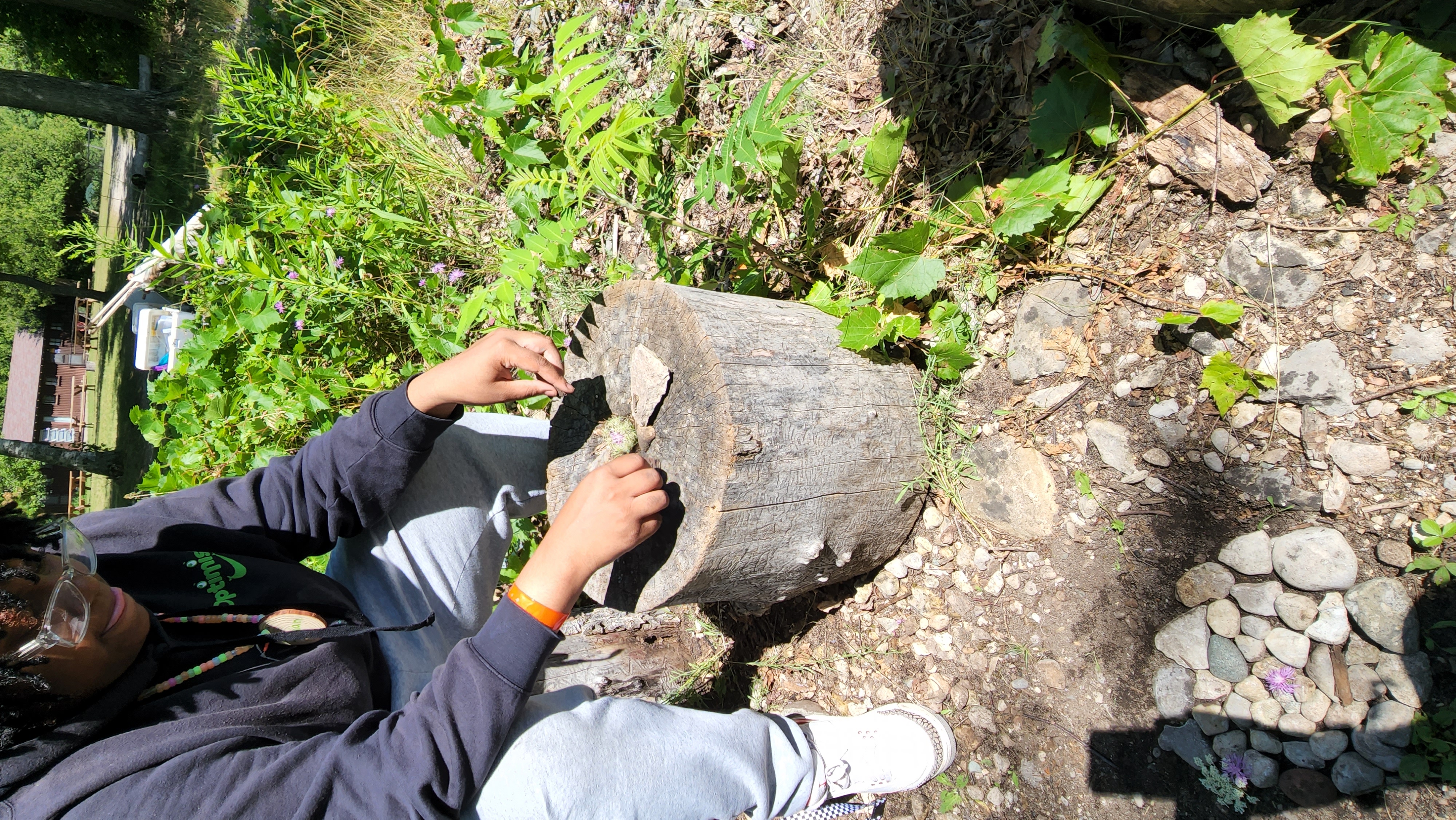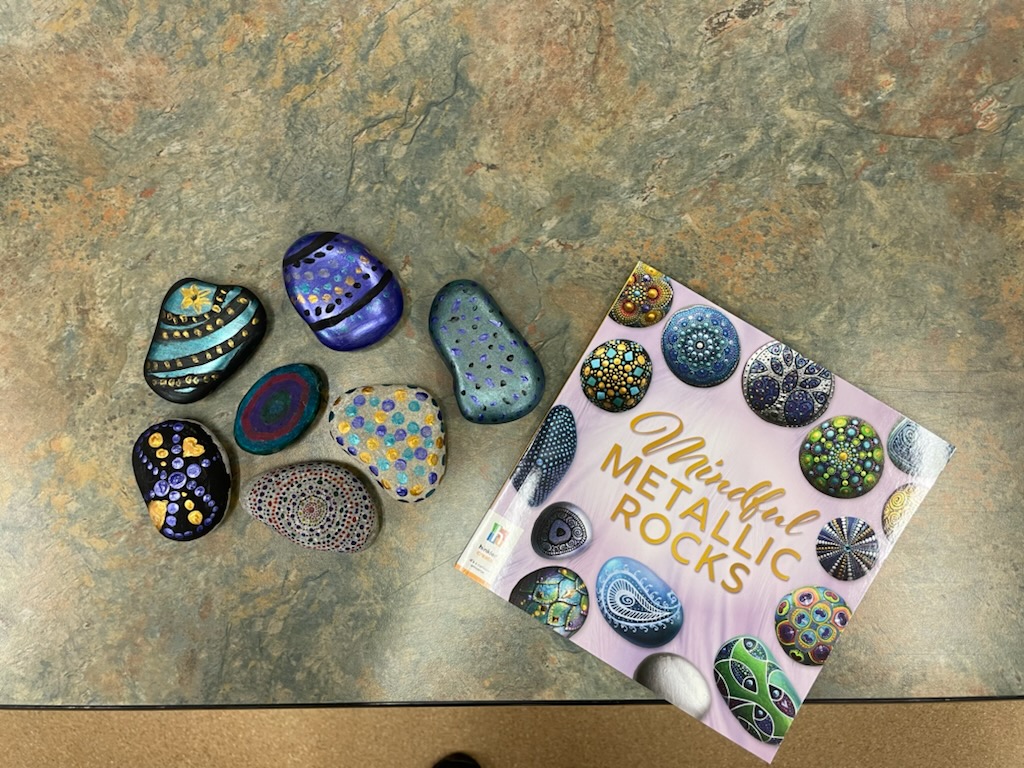Art and science at 4-H Great Lakes and Natural Resources Camp
Nature art and science education at 4-H Great Lakes and Natural Resources Camp inspires creativity, cultural awareness and emotional wellness for youth.

Each year, youth at the Michigan State University (MSU) Extension 4-H Great Lakes and Natural Resources Camp (GLNRC), held at Camp Chickagami in Presque Isle, participate in many exploration activities. On beautiful Lake Huron, youth experience fun summer activities like sailing, snorkeling, fishing (off the dock or on a charter boat), and night hikes, as well as exploring Great Lakes ecosystems and learning about stewardship of natural resources. In addition to increasing their education, nature art and science at 4-H GLNRC can inspire creativity, cultural awareness and emotional wellness for youth. After years of the COVID-19 pandemic, the 2022 GLRNC nature arts and crafts had emotional benefits as well.
Everyone has mental and emotional health, just like we all have physical health. Emotional wellness is when we are intentional in practicing the ability to successfully manage stress, adapt to change, and advance through challenging times. Mindfulness is a technique that offers a calming effect while encouraging people to slow down and pay attention to details and feelings. Emotional wellness is a benefit to being mindful and the outdoors is the perfect setting for this to take place. Mindfulness practices can be connected to the outdoors as we explore natural resources through ephemeral art. When art meets nature, we have the ability to be mindful with the use of materials such as rocks, leaves, wood, and water. At GLNRC, participants enjoyed ephemeral art projects and learned how to implement this activity into other settings.

Ephemeral art is something short-lived; it is meant to be perishable and not leave a lasting physical impact. Students who took this class studied examples from Hannah Bullen-Ryner and then had facilitated discussions about creating their own artwork. Points to consider when creating ephemeral art:
- What can be used to make the art? Some students used only found objects from nature, while others liked the addition of man-made objects. Several others debated whether the found objects could be altered. Students discussed the message that they wanted to convey; bringing awareness to trash in nature, finding beauty where others just see ugliness and more.
- Where should you place the artwork? Some students created their artwork in a high-traffic area where lots of people would see it but knowing that it would likely be destroyed sooner. Others chose out of the way spaces, thinking that their art might last longer but fewer people might see it. This also prompted a conversation about how to create art in public spaces. Is it ok to take up space that others would normally use? Is it ok to ask others to adjust their behavior to accommodate the art (i.e., walk around it)?
- How do you feel about the temporary nature of your art? Some students had a very strong reaction to the idea that their art will at some point disappear, so it was helpful to acknowledge and explore those emotions. It felt discouraging to spend time on creating something, only to think about how short-lived it might be. For others, the ephemeral nature of the piece gave them a sense of freedom; it didn’t need to be perfect because the wind might blow it all away, anyway. Some chose to photograph their creations as a memory to reflect upon when they were out enjoying nature and its beauty, tranquility and calmness.
Ephemeral art is something short-lived; yet the emotional wellness benefit to being mindful in the outdoors will last a long time with the youth that participated. For others who want to explore the health benefits of art, consider attending the Michigan 4-H Creative Arts Celebration! (formerly Visual Arts, Crafts, Sewing and Textiles Workshop). This popular overnight workshop is focusing on the health benefits of the arts. Participants (4-H youth ages 13-19 and adult volunteer leaders) will be learning new things, making new friends, putting their creativity to work, and having a fabulous time! This event will take place November 11-13; register by Oct. 28. A similar ephemeral art with the photography session will be offered.

For more information about 4-H learning opportunities and other 4-H programs, contact your local MSU Extension county office. Join a Michigan 4-H club, which has many 4-H science programming areas to explore as youth scientists impact our future. Science is everywhere; explore nature this summer and bring out the scientist in you!



 Print
Print Email
Email